The Monstera plant is one of the most well-known houseplants that people have in their homes today. Between their giant, unique leaves with the swiss cheese like holes and all the different types of monstera, it’s easy to see why they’ve become so popular!
Monstera plants are a tropical plant that’s native to the rain forests of Mexico, South America and Central America. If you find them in the wild you’ll notice two unique things. One is that they actually produce flowers and edible fruit!
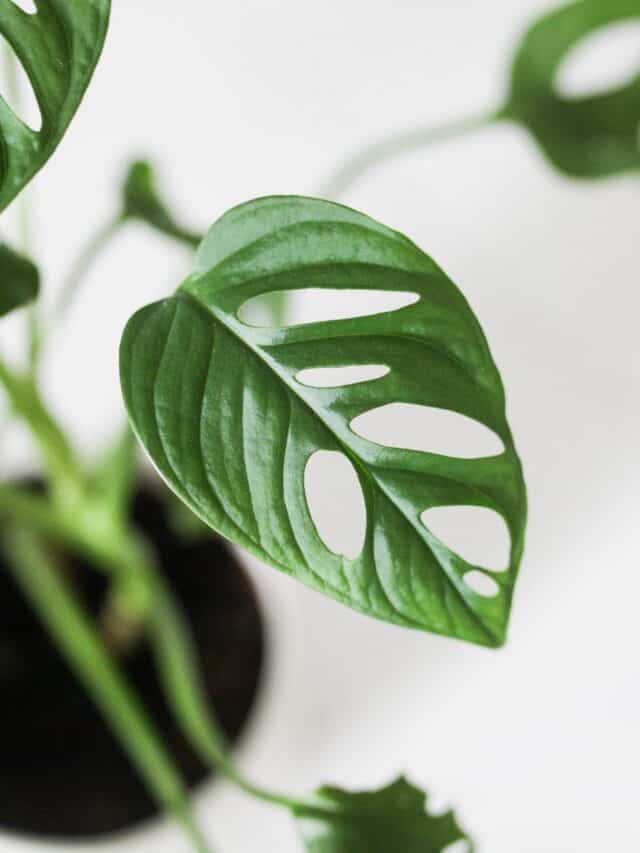
There are so many different types of Monstera, and today, we are going to tell you all about these plants. Some of them are common while others are hard to find, but all of them are incredibly beautiful and could be wonderful additions in your home!
Before we get into the different types of Monsteras, here are some tips on how to best care for your plants, and whether you should have them in your home.
I have 2 different types of monstera plants in my home and they’ve quickly become one of my favorite plants! They’re also a great option for beginners so I’ve been gifting these to friends and even my kids’ teachers!
Table of Contents
Types of Monstera
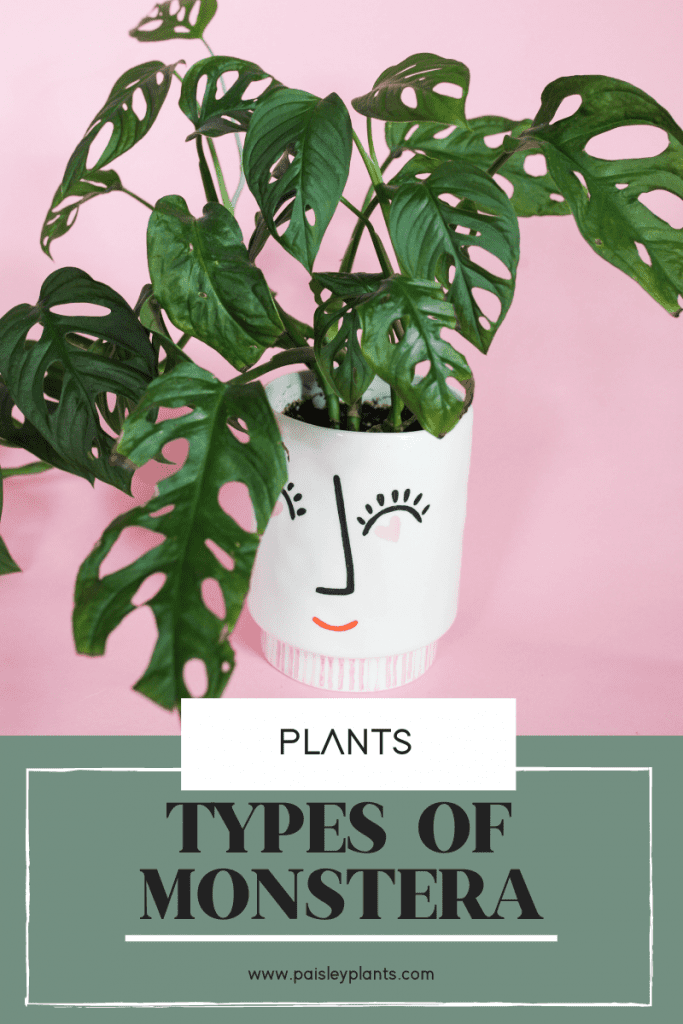
This post includes affiliate links.
There are many different types of monstera plants. Here are some of my favorites!
1. Monstera deliciosa
- Plant Height: 6-10 feet
- Sun Exposure: Bright indirect light
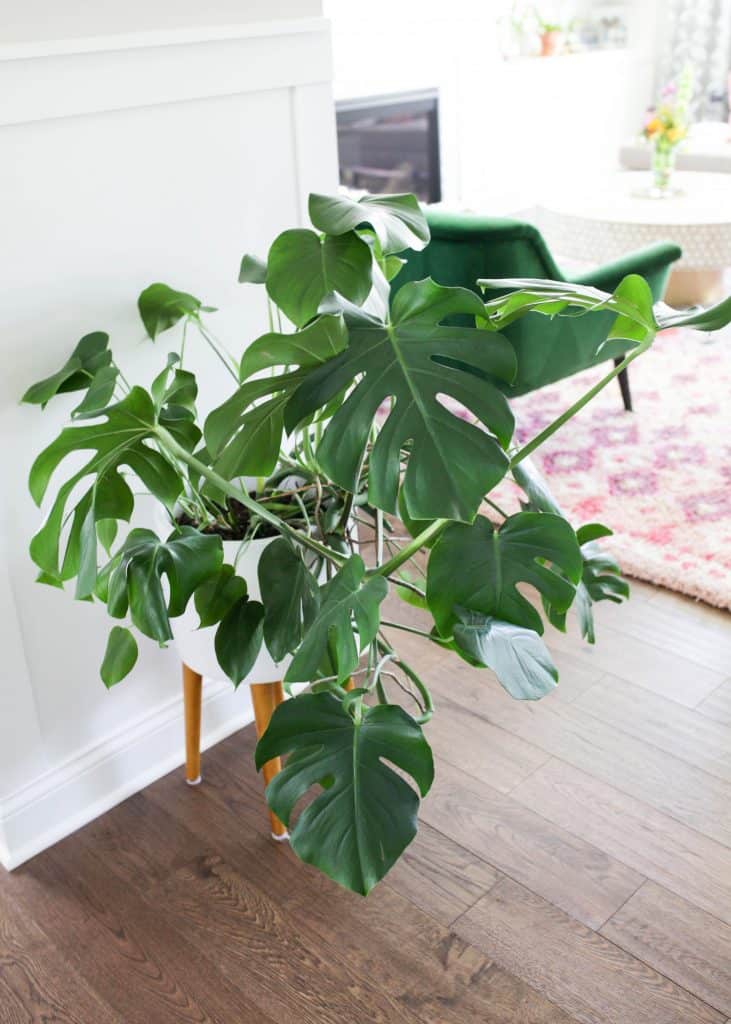
One of the most popular types of monstera is the Monstera deliciosa. These plants are native to regions of Mexico and Central America.
While their scientific name is m. deliciosa, they are only for admiring, not for eating! These are beautiful plants that can withstand quite a lot, and extremely easy to grow.
Even if you struggle with keeping plants alive, this is a great option!
*Read more: Monstera deliciosa care
Where to buy:
2. Monstera adansonii
- Plant Height: 3-8 feet
- Sun Exposure: Bright indirect light
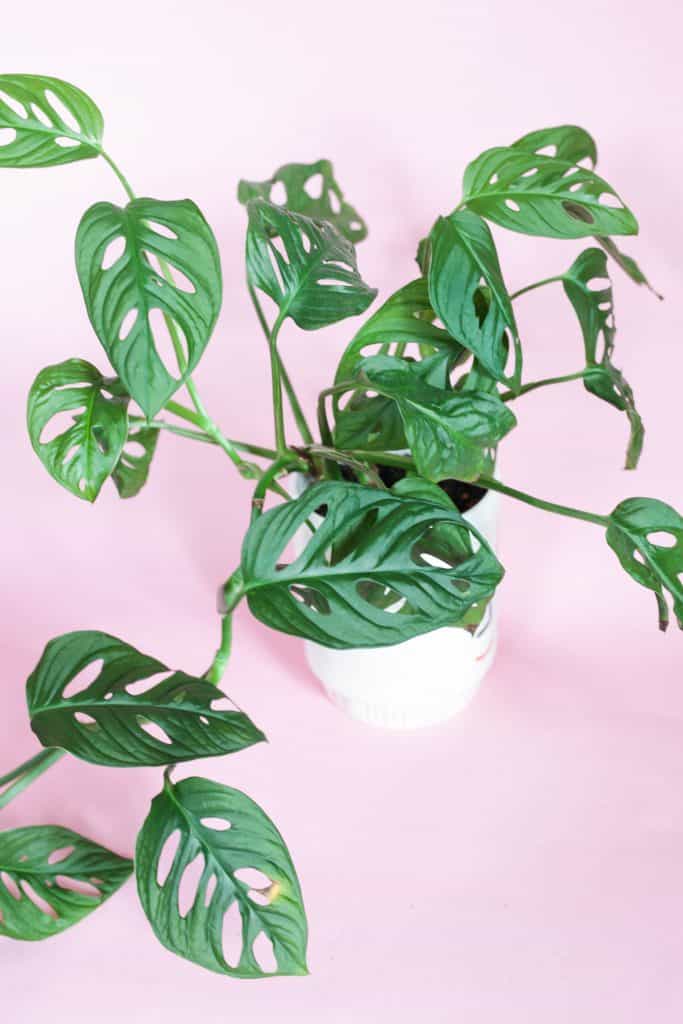
This plant is affectionately called the Swiss cheese plant because of the holes in its gorgeous and vivid green leaves. This species of Monstera is gorgeous and varied, with leaves of many different shapes.
This gives them a unique appearance and no two plants are ever truly the same. At times you might even find variegated monstera leaves in your Monstera adansonii!
*Read more: Monstera adansonii care
Where to buy:
3. Monstera epipremnoides
- Plant Height: 10-13 feet
- Sun Exposure: Bright indirect light
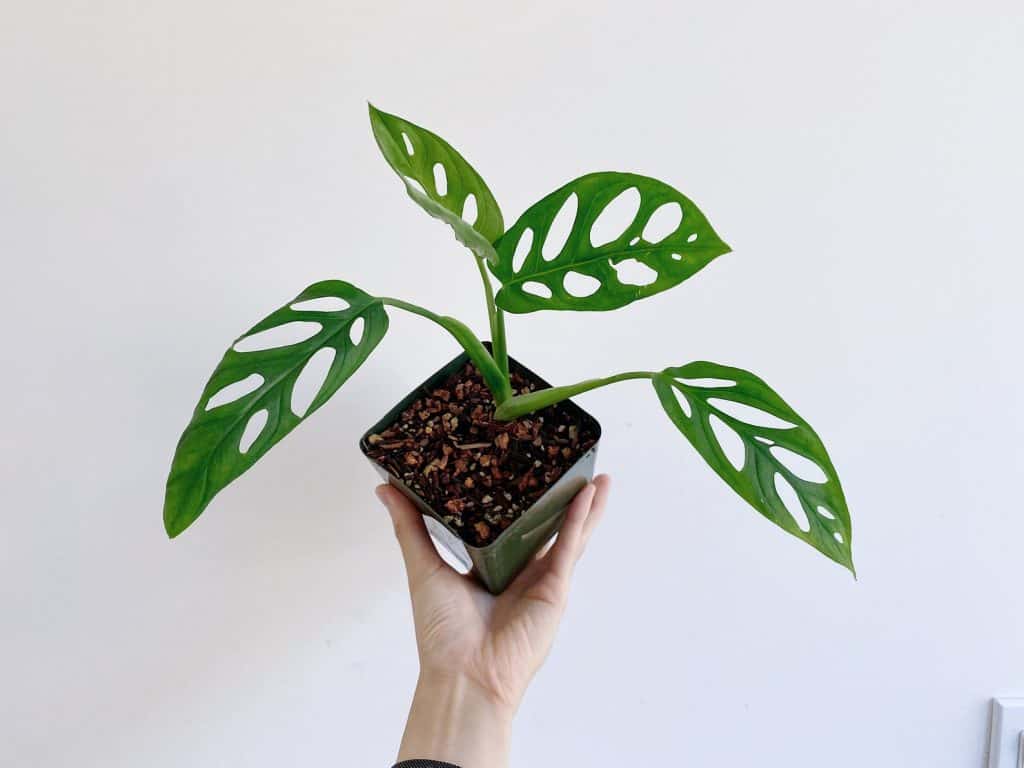
Photo via The AO Green Collection (where you can purchase this plant!)
This species of the Monstera is the older relative of the Monstera adansonii. These leaves and the entire plant are bigger than the adansonii and full of perforations. As this plant matures, the perforations get larger and larger until the burst through the outer edge!
This is a rare plant that oftentimes goes by Monstear Esqueleto. It is worth the investment for the beauty you could have in your home! These ones are hard to find but once you find them, it is best to purchase them and add them to your houseplant collection.
Where to buy:
4. Monstera obliqua
- Plant Height: 6-10 feet tall
- Sun Exposure: Bright indirect light
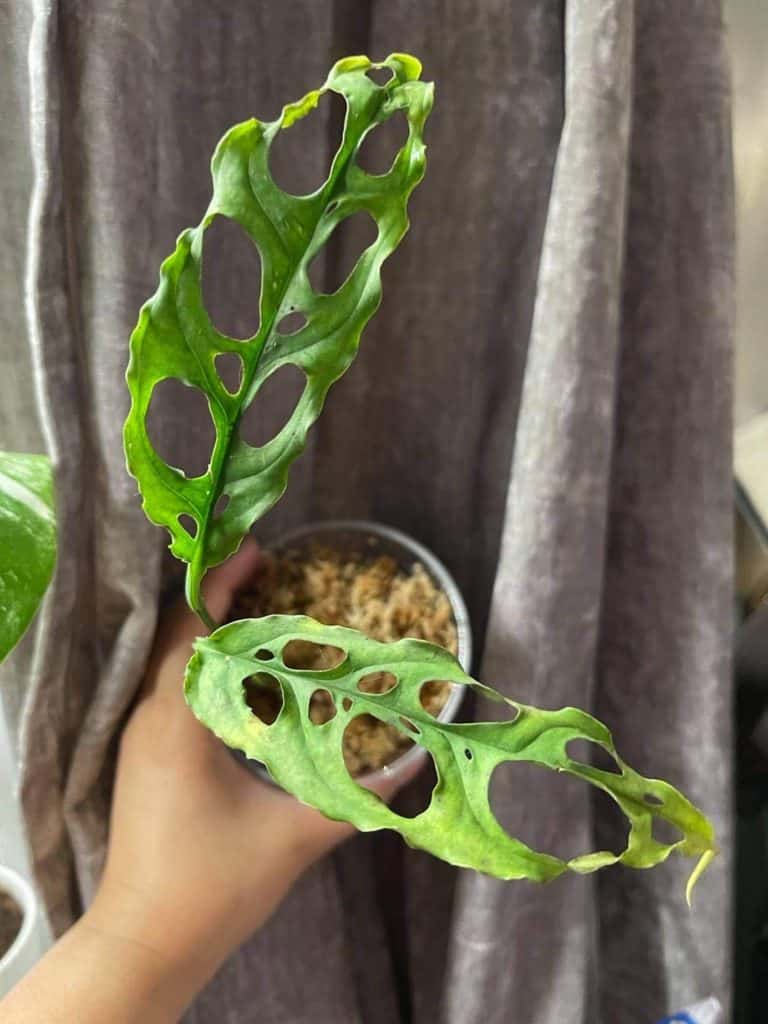
Image via Best Buds (where you can purchase)
Despite looking like the Monstera adansonii, the Monstera obliqua is a very different Monstera plant altogether. There are specific leaves that people can identify after some practice.
This Monstera is a slow grower and it sometimes only grows up to 30 new leaves per year, or even only in one year and a half! It also is more expensive than some of the other Monstera plants listed here.
Where to buy:
5. Monstera siltepecana
- Plant Height: 6-8 feet tall
- Sun Exposure: Partial sun
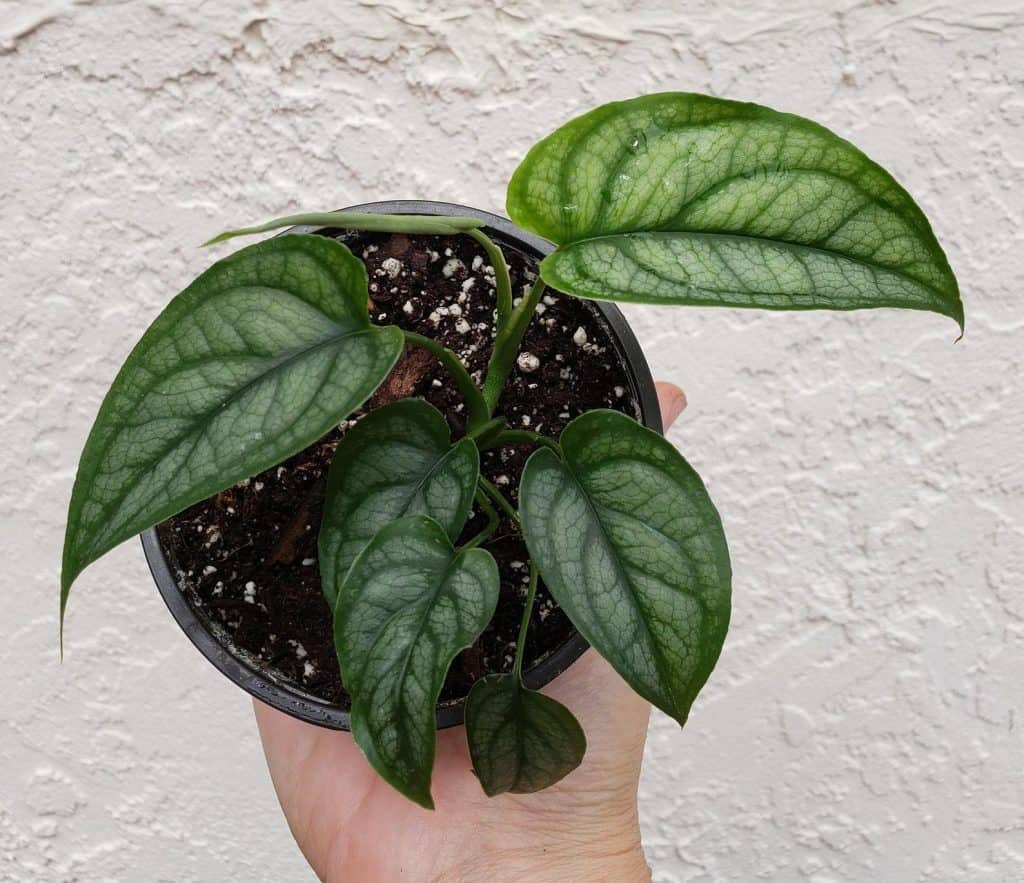
Image via Olgas Tropical Plants
Unlike some of the larger Monsteras, the Monstera siltepecana plant is known for being smaller and vining. It is an evergreen plant with smaller leaves, and the new foliage appears with blue-green colors and soft silver markings on the leaves.
It can grow up a trellis or another support beam, as it naturally does within the rainforest in the wild!
Where to buy:
6. Monstera Thai Constellation
- Plant Height: 6-8 feet tall
- Sun Exposure: Bright indirect light (these need more light than most monstera plants)
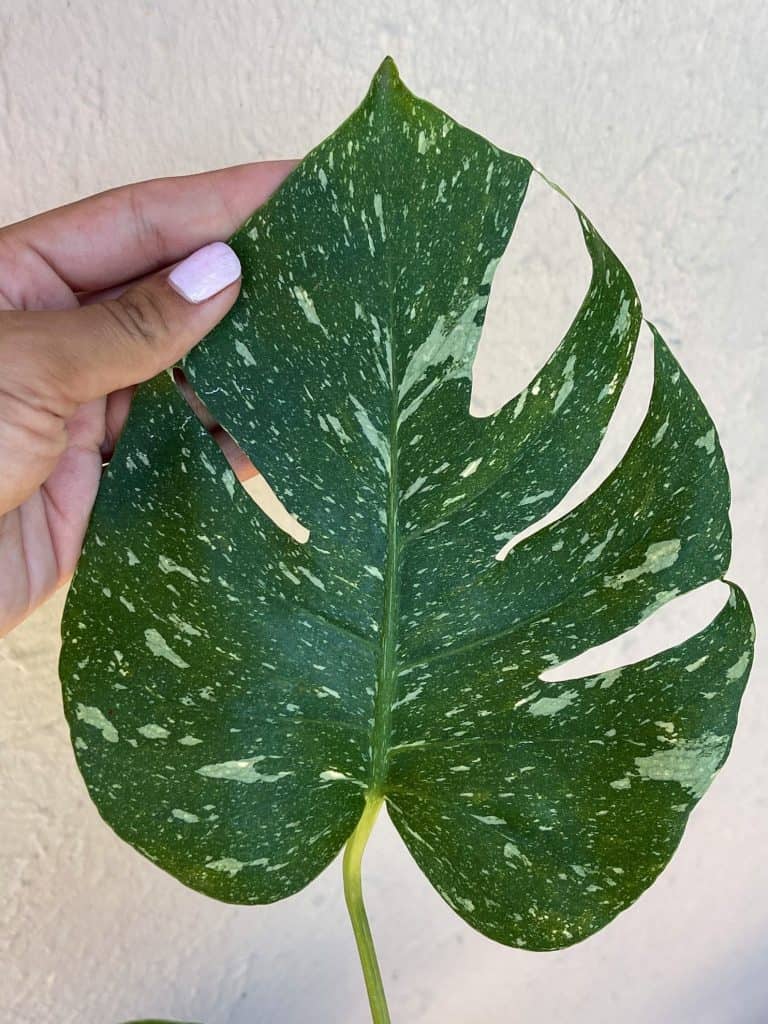
Image via Shop Plantaholic
This variegated plant is beautiful with its dreamy yellow coloration. It is highly demanded and comes at a high price. There’s a very great reason why: this plant is both unique and gorgeous to have within your home.
The Monstera Thai Constellation leaves can become huge in size, but they are gorgeous when they have grown and become the full size that they are meant to be!
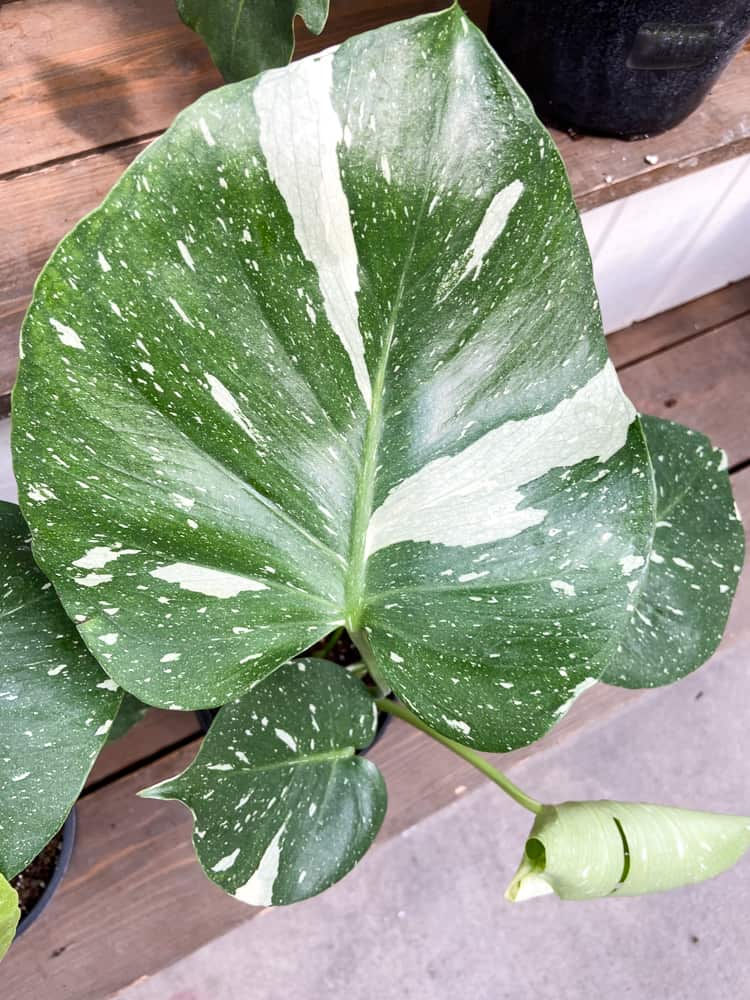
Where to buy:
Check out our full guide to Thai Constellation care here!
7. Monstera borsigiana
- Plant Height: Max 7 feet tall
- Sun Exposure: Bright indirect light
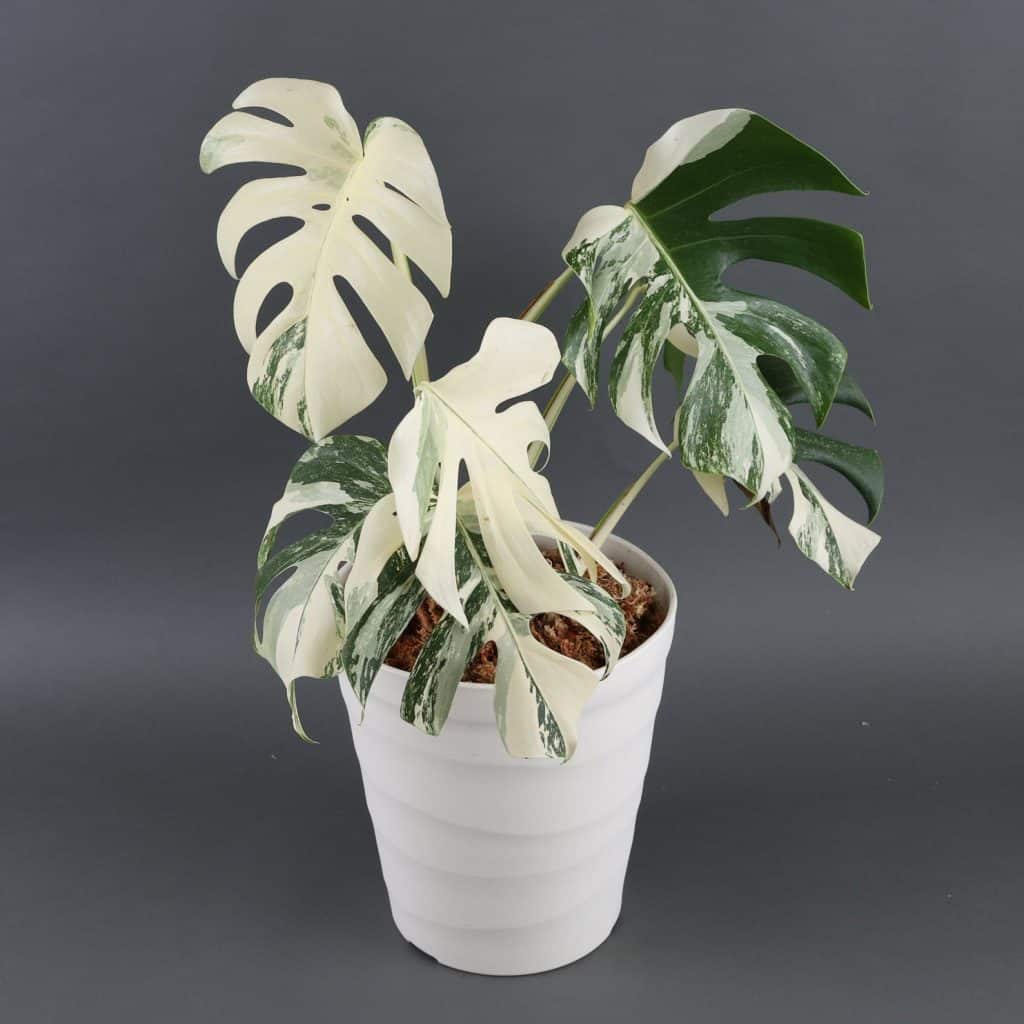
Image via Plantae Fascinatio
The Monstera borsigiana plant can be confused with that of the Monstera delicioso when it is young, but this changes as it grows and becomes more developed.
This species grows faster and ends up being much smaller in size. Their leaves are also well defined and a vivid green like all the other Monsteras! It can be a great choice for your home plants, and one that is easy to keep due to its size.
Where to buy:
8. Monstera pinnatipartita
- Plant Height: 4-6 feet tall
- Sun Exposure: Bright indirect light
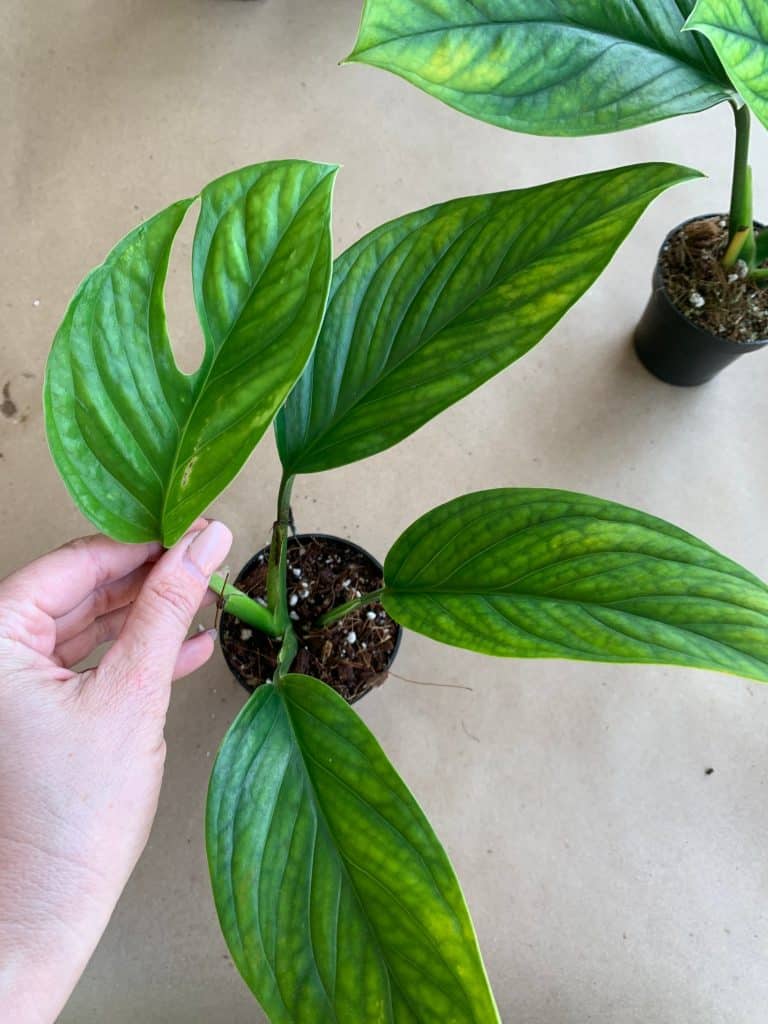
Image via FL Greenery (where you can purchase this plant!)
Resembling ferns with the leave patterns, the Monstera pinnatipartita is distinct with its slits in the leaves rather than the holes. It is a bright emerald color, which is stunning and can be perceived as glossy in appearance.
It climbs, so you need a suitable location for this plant within your house! A trellis would be a wonderful idea to help this plant have a more suitable home.
Where to buy:
9. Monstera dubia
- Plant Height: 3-10 feet tall
- Sun Exposure: Partial Sun
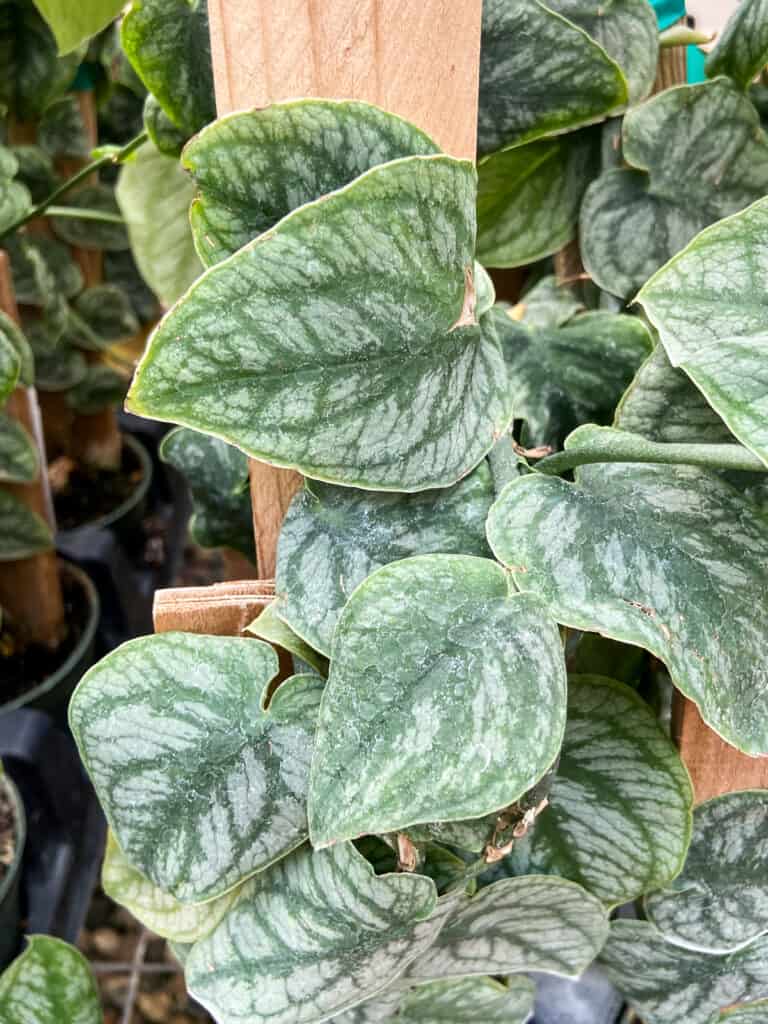
find this plant on etsy: Cute Plant Club
The Monstera dubia is one of the smallest of the Monstera and boasts adorable heart-shaped leaves that are identifiable. It even has speckles on the leaves!
The leaves can be light or dark green depending on the way it grows, or you could even have variegated too. This plant changes as it grows, giving you tons of surprises as it continues to develop!
Where to buy:
10. Monstera punctulata
- Plant Height: 7-10 feet tall
- Sun Exposure: Partial sun
The Monstera punctulata is cleverly named for its soft and textured leaves. It displays a gorgeous flowering spadix and the colors do vary. They can even appear gold to the eye which is extremely rare and beautiful.
This one is known for being a favorite of leaf-cutter ants, so take note of this before you buy this plant!
Where to buy:
11. Monstera standleyana
- Plant Height: 2-5 feet tall
- Sun Exposure: Bright indirect light
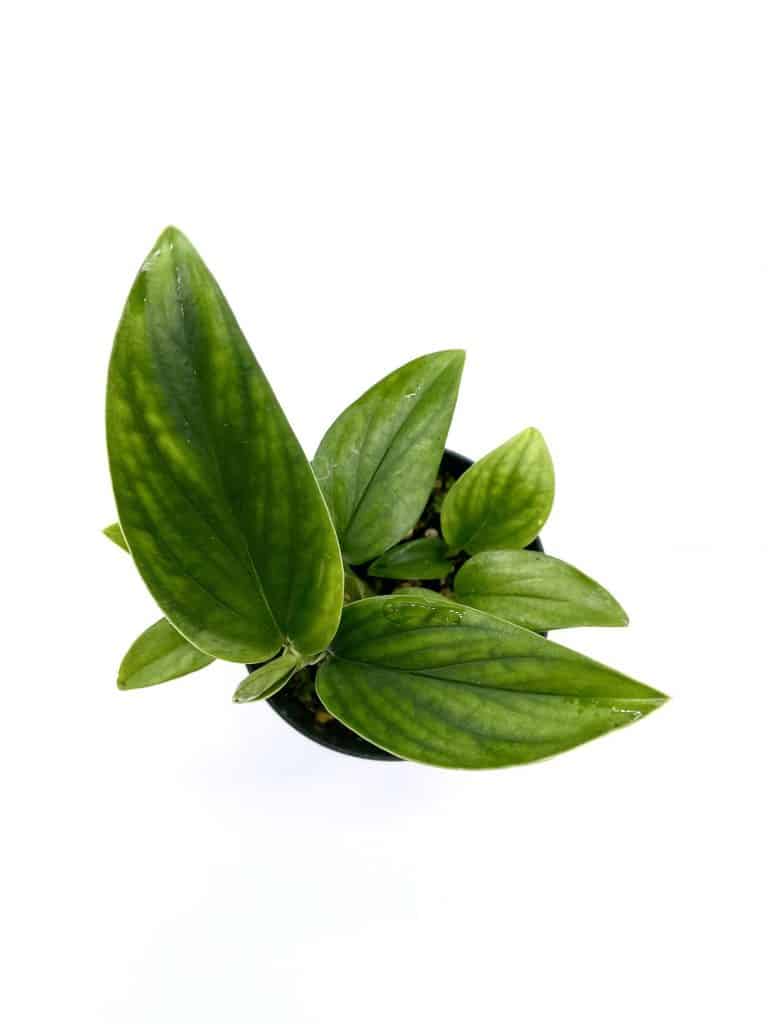
Image via Potted Elephant (where you can purchase!)
Native to countries like Nicaragua, Honduras, Costa Rica, and more, this is a plant that is beautiful and presents a combination between perforations and variegations.
It can be best placed on a trellis for its growing as it vines. This plant needs to be kept within a pot that does not log too much water, otherwise you could risk losing your beautiful Monstera!
Where to buy:
12. Monstera standleyana ‘Albo Variegata’
- Plant Height: 6-20 Feet Tall
- Sun Exposure: Bright indirect light
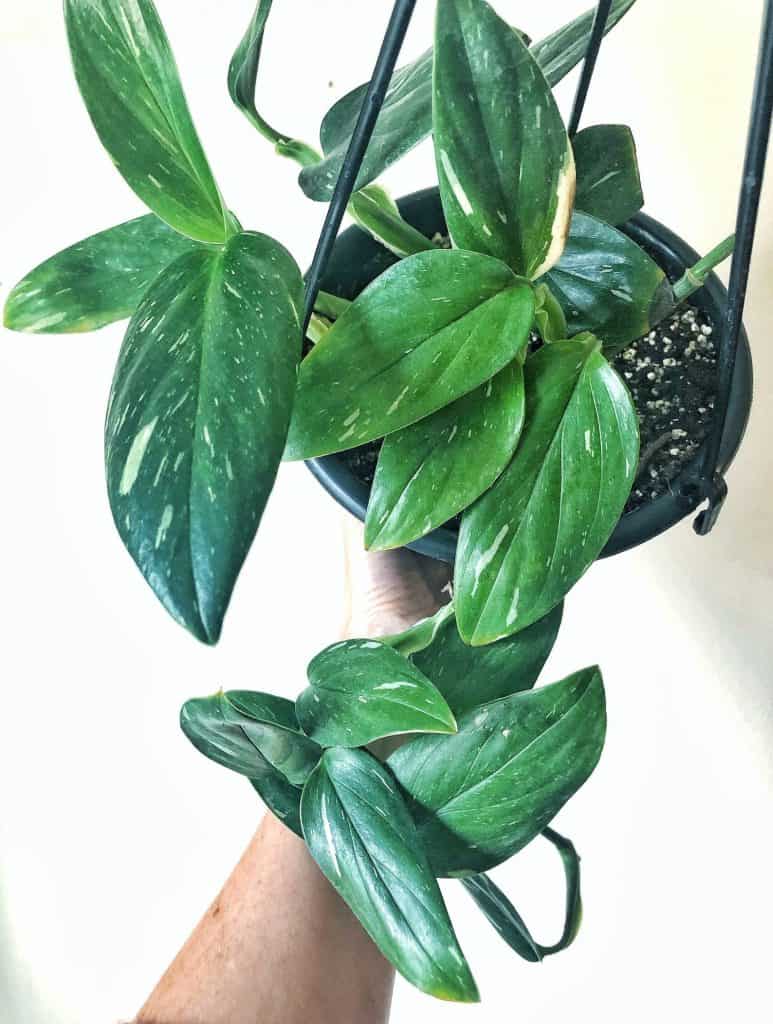
Image via The Painted Houseplant (where you can purchase it)
Much like the Monstera standleyana, the Albo Variegata is special but features variegations. Every plant is different and no two leaves appear the same.
Sometimes you might have yellow, other times you might have dark green. With this plant, different is beautiful and expected, making this a wonderful plant for your houseplant collection!
Where to buy:
13. Monstera sp. Peru
- Plant Height: 3 feet tall
- Sun Exposure: Bright Indirect Light
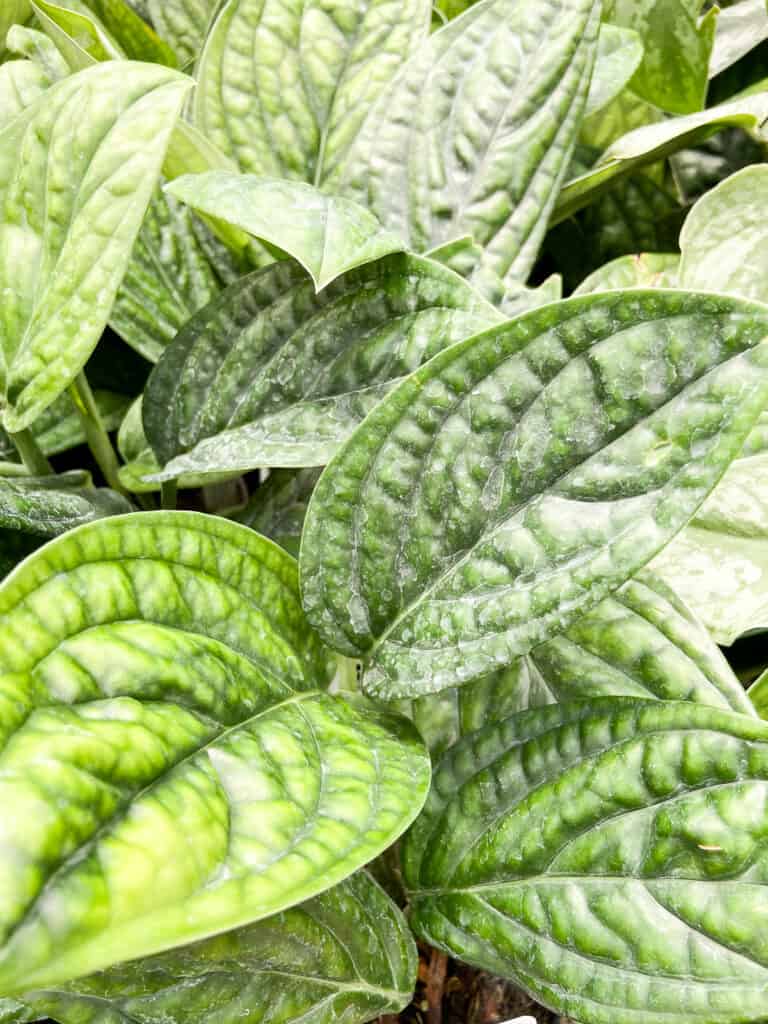
find this plant on etsy: Shop Plantaholic
The Monstera sp. Peru is also regularly referred to as the Monstera karstenianum but it’s common name is the sp. Peru. The Monstera species is known for its fast growing and unique leaves.
Unlike other species of the Monstera, this plant is known for the rigid and quilted leaves that leave a variation of green shades across the leaves. They truly are a beautiful sight!
*Read more: Monstera peru plant care
Where to buy:
14. Monstera acuminata
- Plant Height: 6-7 feet tall
- Sun Exposure: Bright indirect sun
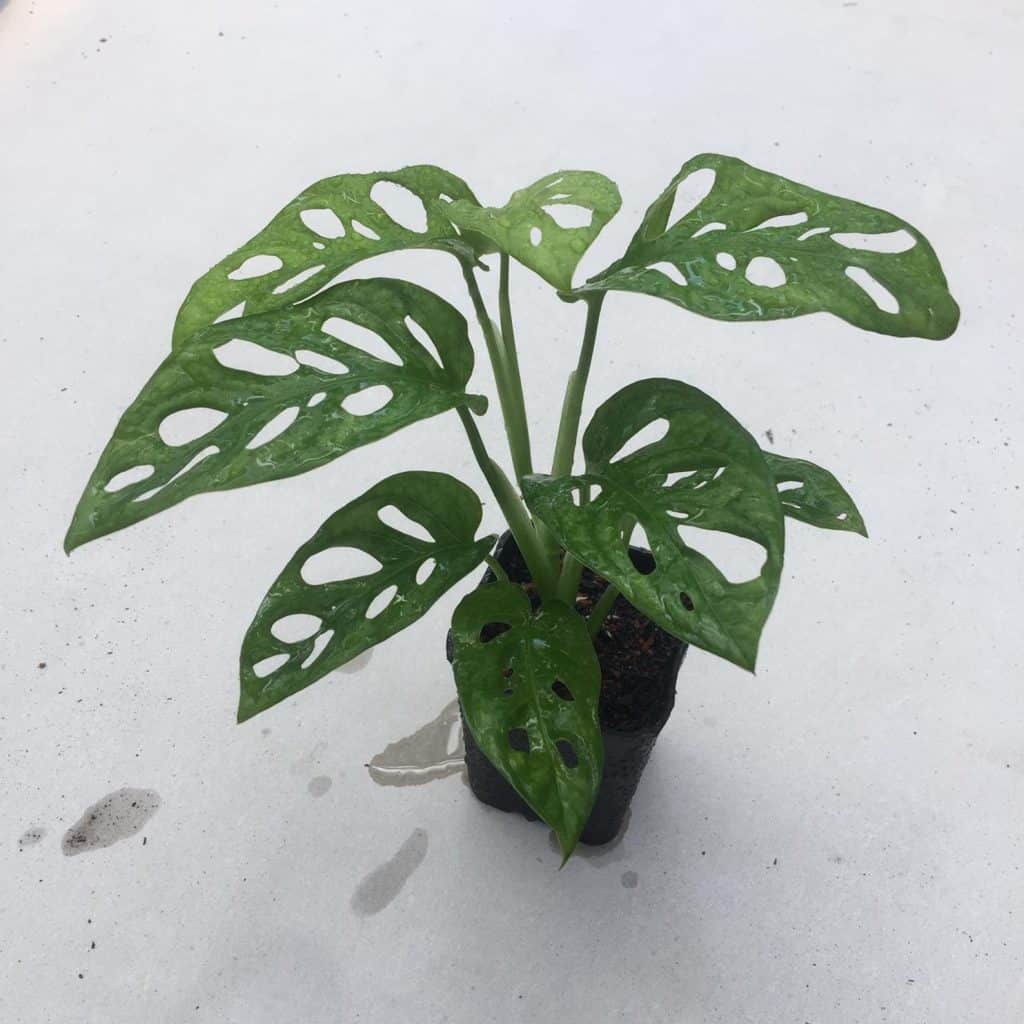
Image via Chipo Nursery
This species is very similar to the Monstera adansonii and is native to Mexico and Central America as well. This plant is smaller (like a mini monstera!) but features the same holes in the leaves and the leaves grow as it ages.
It climbs as well, so be ready with your trellis for this plant! Because of its size, it can be a great addition to your home.
Where to buy:
15. Monstera subpinnata
- Plant Height: 5-6 feet tall
- Sun Exposure: Bright indirect light
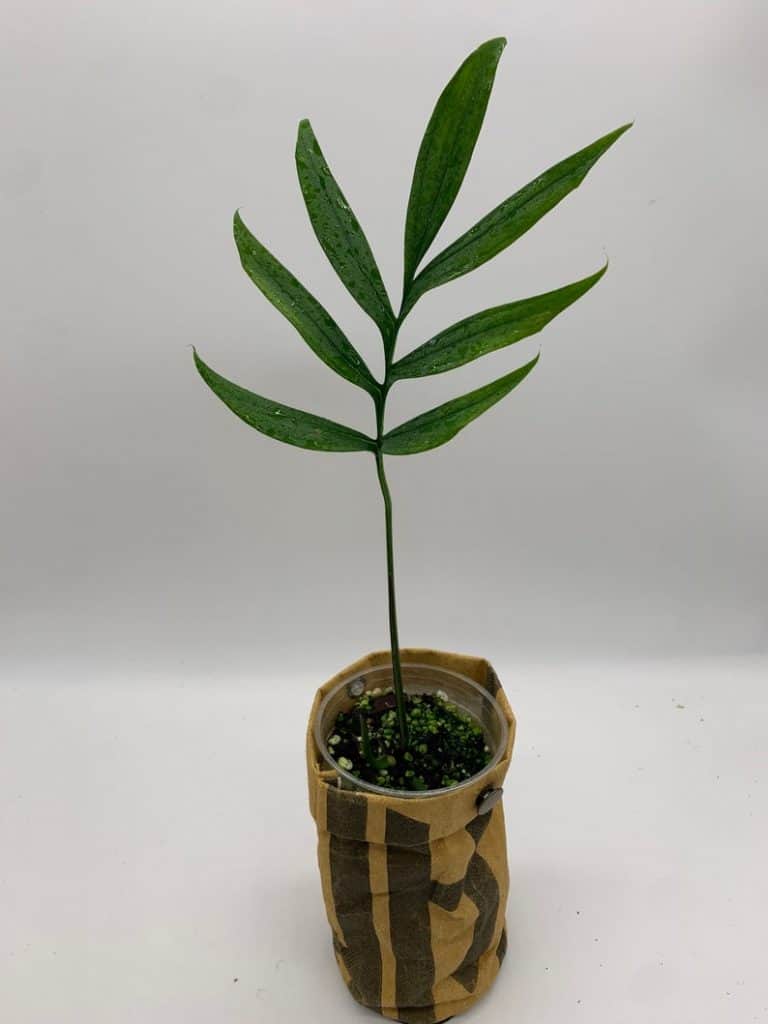
Image via JY Free Growth
From Colombia and Bolivia, this houseplant is beautiful and has a unique appearance. Unlike other foliage, this plant can be palm-like and appear to be different from other Monstera species.
It climbs and is not as large as other Monstera plants either. This can be allowed it to be much more manageable than other species!
Where to buy:
16. Monstera acacoyaguensis
- Plant Height: 4-20 feet
- Sun Exposure: Bright indirect sun
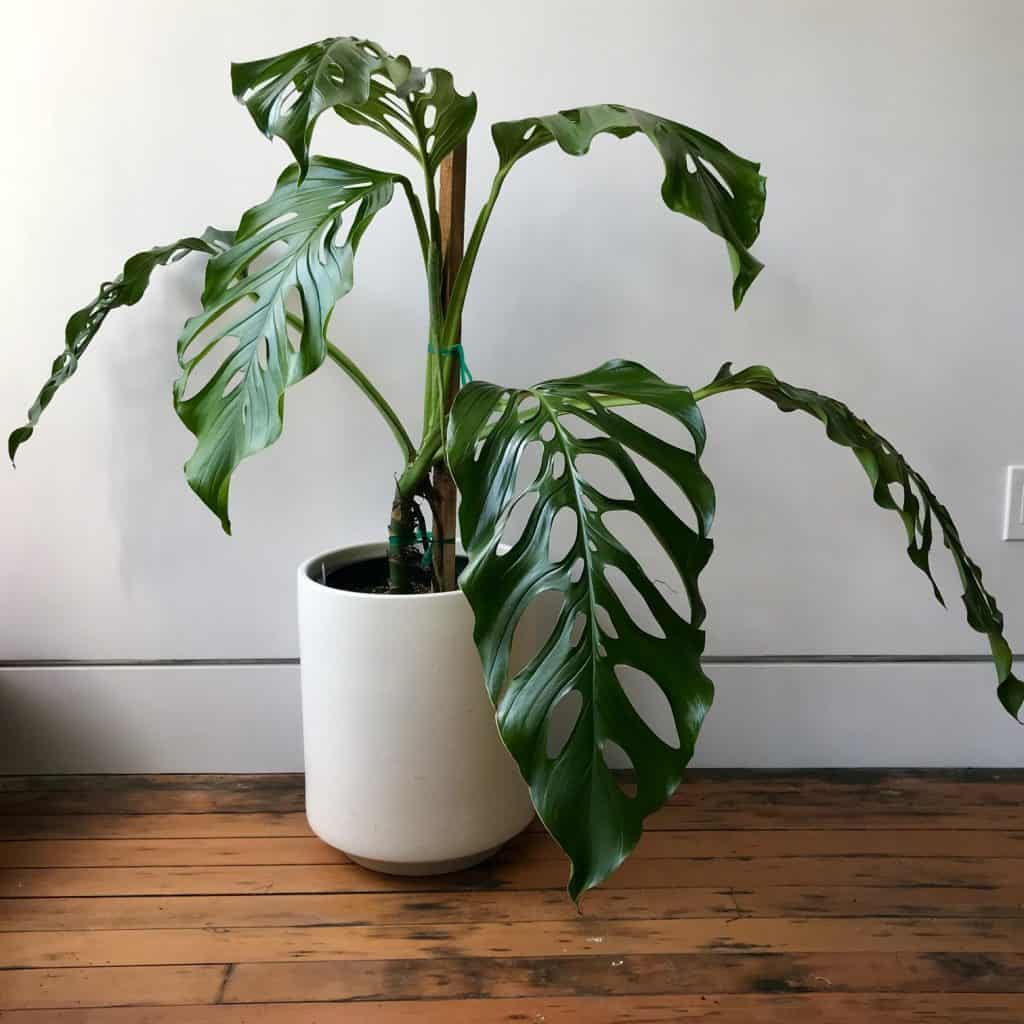
Image via Your Local Branch
Native from Mexico to Belize, this species resembles that of the Monstera adansonii but the leaves are different despite their similar look. They can become incredibly fenestrated and huge as the plant continues to grow and develop.
This plant is known for drooping a bit over time due to the size of the leaves and has a significant deep green color that is gorgeous and eye-catching.
Where to buy:
How to Care for Monstera Plants
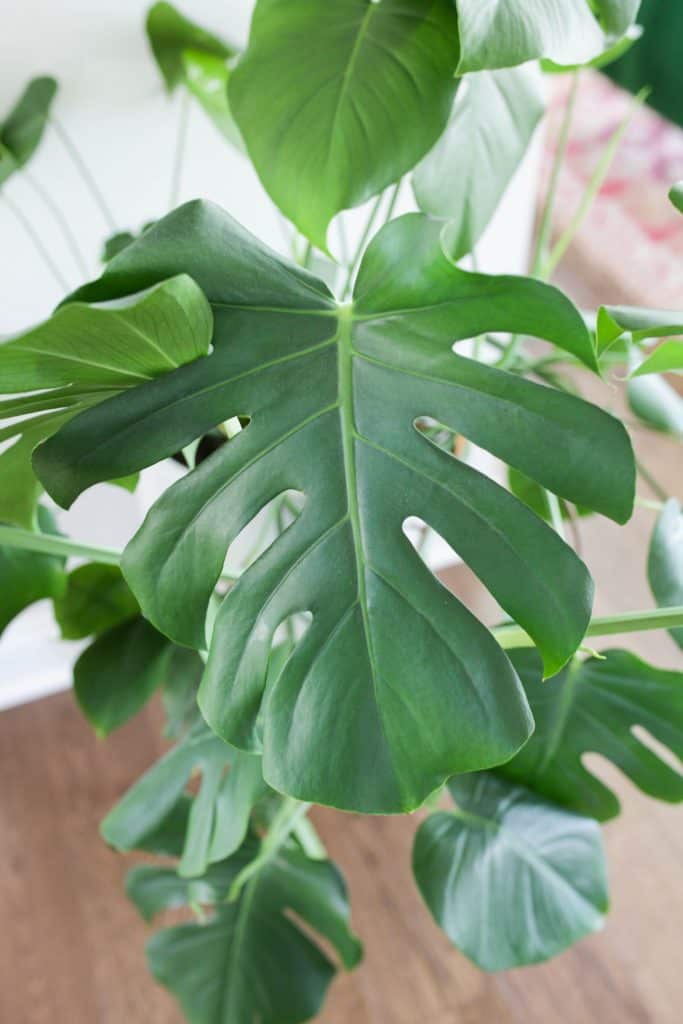
As tropical plants, these species need two things: sun and water. Even if you live in a colder climate, you can still give these plants the attention that they need!
Sunlight
Most Monstera plants will need bright to medium but indirect sunlight. Direct light is usually too strong for them to withstand, as they are usually shaded in their natural habitats.
You can provide your plant with indirect light by shielding it with a sheer curtain or putting it just out of reach of direct sunlight.
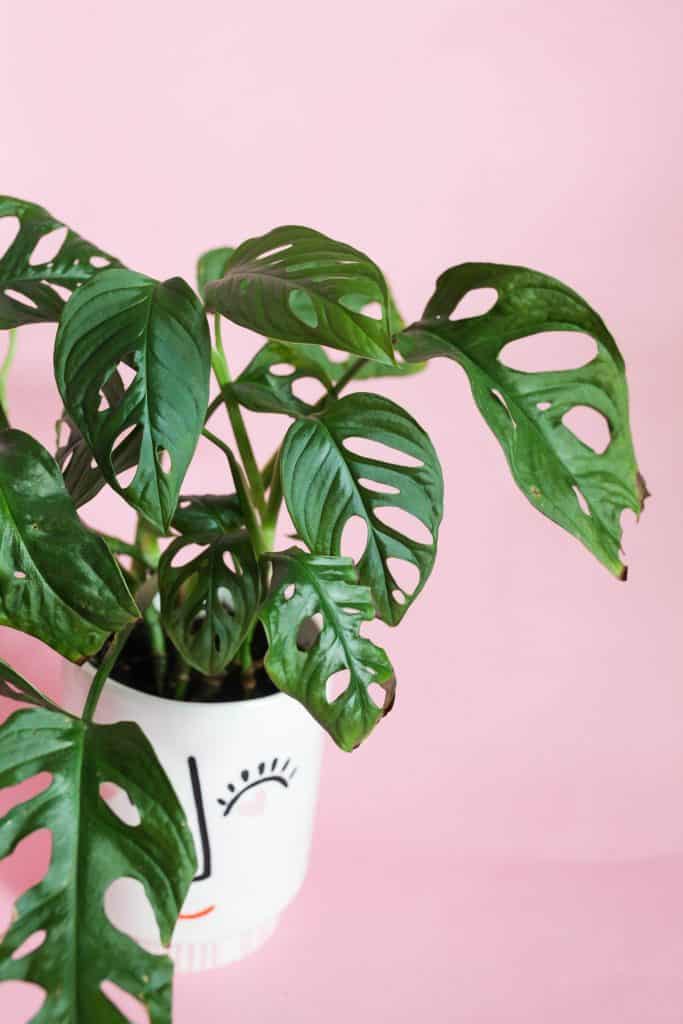
Water
Additionally, watering for these Monstera plants is also specialized. You need to water the plant every 1-2 weeks but make sure to let the oil dry out between watering.
You should be watering more in bright light and less when there is less light. Filtered water and water left out overnight are great for keeping your plant nice and healthy.

Humidity and Temperature
Humidity is also another plus. Without high humidity, these plants might suffer a bit. Monsteras prefer to have temperatures between 65-86 degrees F. If you go below 60 degrees F, these plants will not thrive as well.
Draining Pots and Pest-Free
Most Monsteras also require well-draining potting mix. Too much water will kill your plant. Luckily, Monsteras are usually pest-free but it is best to treat these as soon as you see them to fix the issue.
Toxicity
For those who have cats or dogs, these plants are toxic to dogs and cats if it’s consumed. If you have pets, Monsteras might not be the best plants for your home or be certain to keep it out of reach.
They can also be irritating to humans if consumed, so be careful to keep these in a spot where young children can’t reach it.
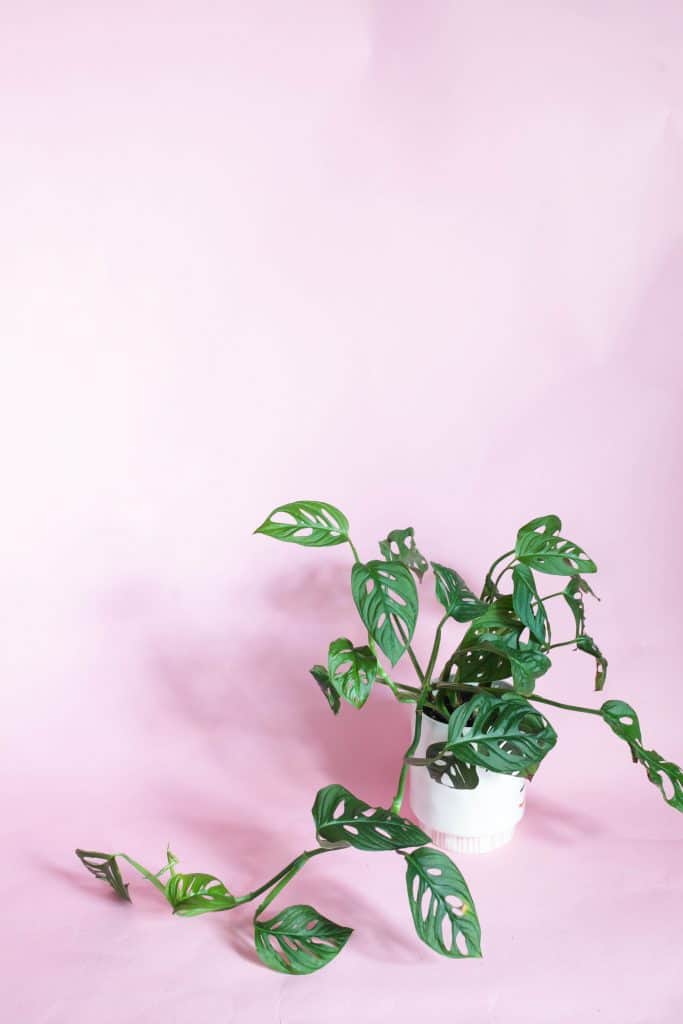
Aerial Roots
Other things to note – the long, skinny brown things coming off of your vine are aerial roots! In its natural habitat, monstera plants use these to climb up trees by attaching themself to the tree or other plants.
You can leave them on or trim off that part of the plant back if you want! If you keep them on, you can use a moss pole to encourage your plant to climb up!
Conclusion
Monsteras are some of the most beautiful and most popular houseplant you can have in your home! If you are looking for plants that are easy to take care of and could thrive inside, then these are likely the plants for you. Be sure to prepare and treat them accordingly, and plan for the species you buy.
Head on over to our full Monstera care post for all the details on taking care of your new plants. And be sure to head to this post for your guide on how to propagate your monstera!

